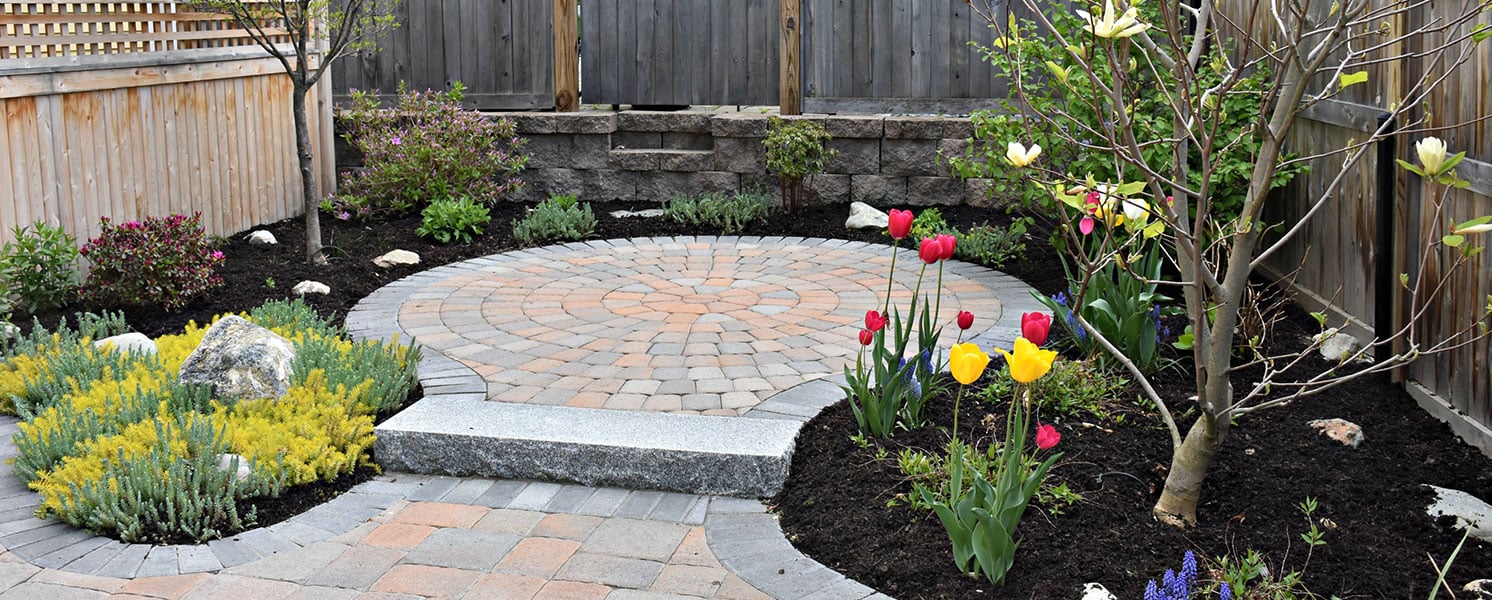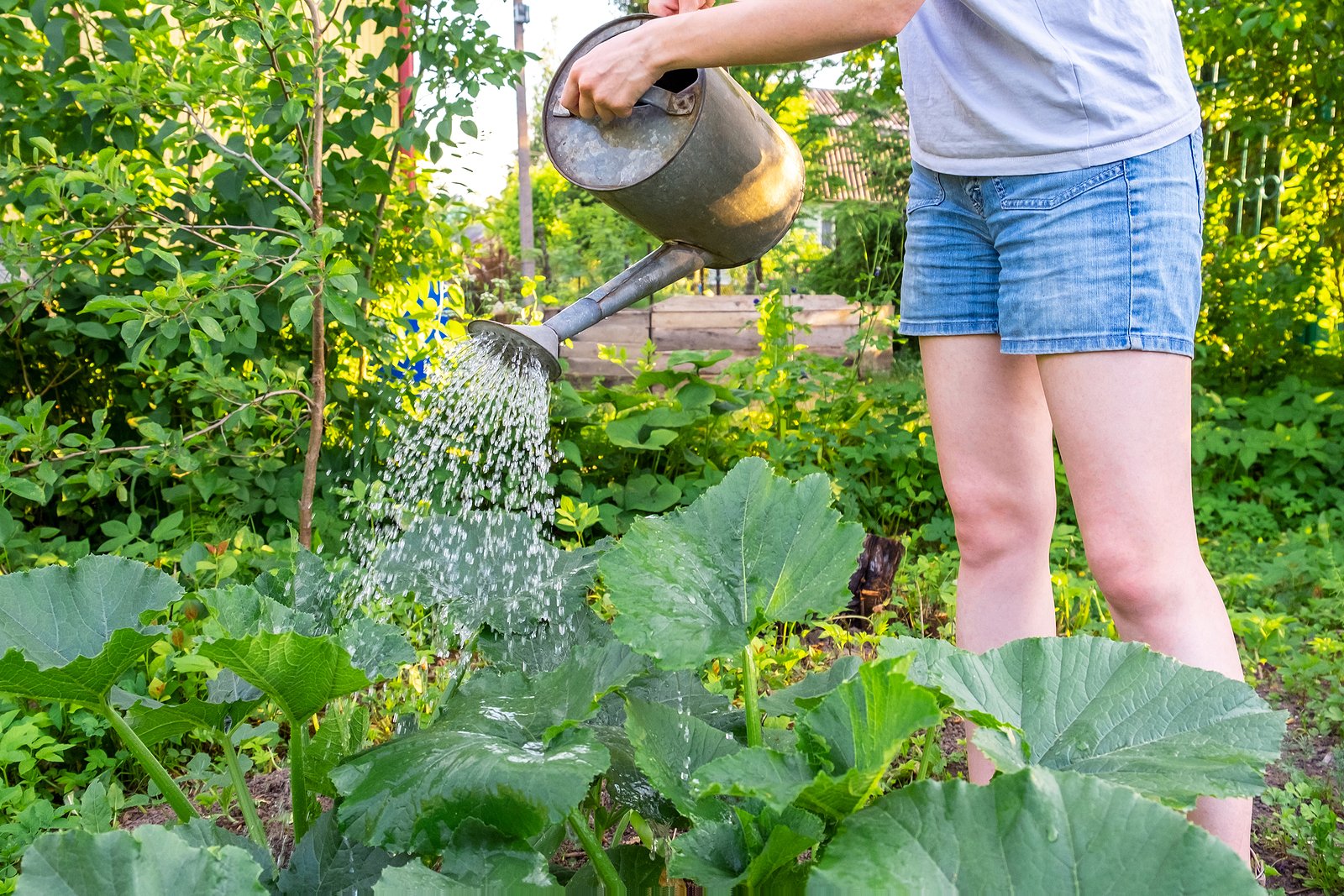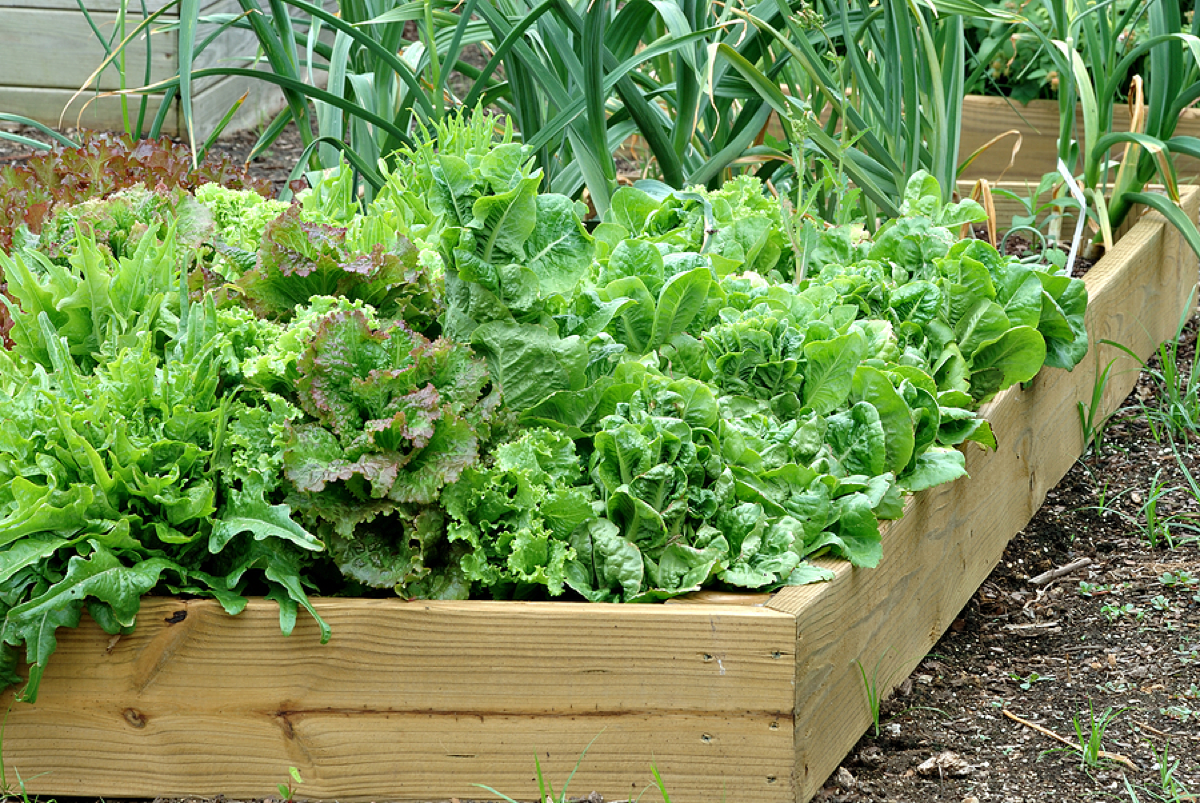When you’re embarking upon any new home project, it can be difficult to judge which professional is the right choice for you and your needs. This is especially so when you’re designing and building a vegetable garden, as you won’t know if you’ve succeeded or not until the season is over.
When you’re choosing a company to help you launch your vegetable garden, there are many important factors you should consider, such as:
- The number of years it has been in business, which is a great indicator of a successful, reputable company
- Excellent client reviews and consistent referrals
- A robust portfolio of past examples of their work
- The frequency of repeat business from existing clients
At Moodscapes, we’ve developed a multi-step process that we’ve honed during our nearly 30 years in business.
First, we’ll meet with you for a personal, on-site consultation to discuss your project goals, evaluate your yard’s surrounding landscape, and answer any questions you may have.
Then, we’ll visit your property on multiple occasions at varying times of day, so we can see the location of the sun to locate the best spot for your garden. Our goal is to ensure your garden receives the most direct sunlight as possible, to support optimal growth.
Our next step is to test your soil’s health and potential contamination levels. This ensures we do not plant your seedlings in a space with contaminated soil, which ultimately would seep into your food.
This can include measuring your soil’s pH levels, analyzing its nutrients, assessing drainage, and reviewing its texture. If we find your soil isn’t up to par, we can take the necessary steps to make it fit for planting. If needed, we can even bring in new soil entirely.
Once those steps have been completed, our next phase is to choose and source your seedlings, as well as all other materials needed to build your garden. You can obtain your own plants, or rely on our network of proven, high-quality growers to procure your vegetables. Either way, we’ll set your garden up for success.
Next comes one of the most exciting steps in the process: Getting your plants into the ground. We’ve seen that many homeowners DIY’ing their vegetable garden for the first time plant all of their vegetables at once, which, as we’ve already discussed, can be a mistake. We can help you avoid that by planting your vegetables in stages, based on the ideal times for our specific growing zone.
Finally, we’ll provide you with the education necessary to maintain your garden throughout the season and help it thrive once it has been planted. And if you’d like a little extra support, we can even help you care for it throughout the season.












